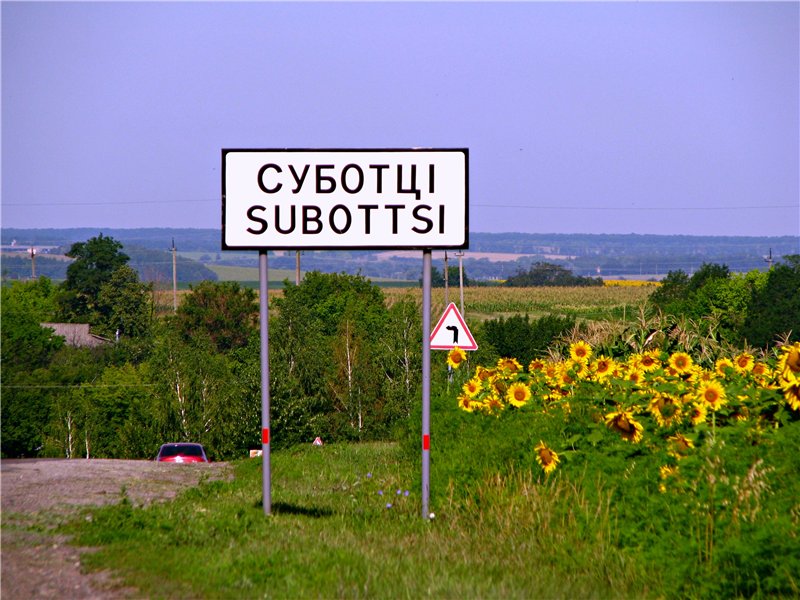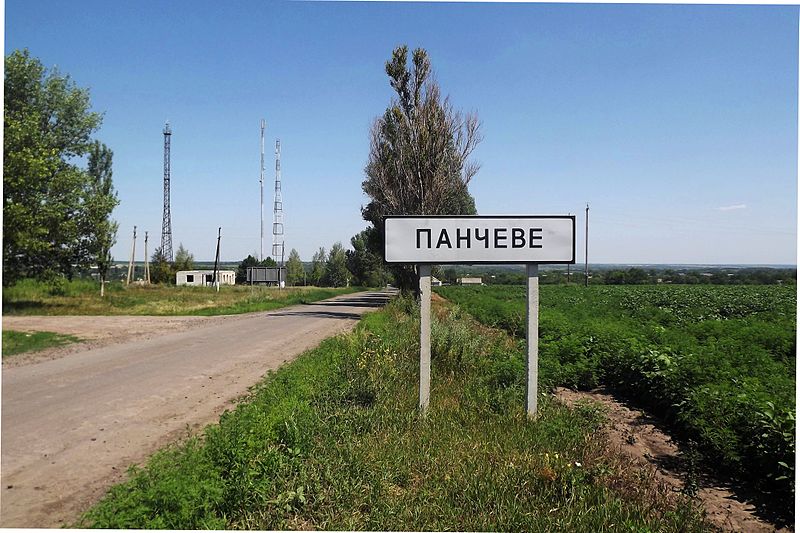This year marks the 250th anniversary of the end of the strange and short-lived territorial experiment known as “Slavo-Serbia”. The area was comprised of the Donetsk and Lugansk regions in eastern Ukraine, the very center of the current separatist crisis.
Of course, both Donetsk and Lugansk are now self-declared “People’s Republics”, and their leaders have been added to the European Union’s asset freeze and travel ban list. But back in Imperial Russia, the very same territory was a resettlement destination for thousands of Serbs, as well as Bulgarians, Vlachs, Macedonians, Moldovans, Albanians, Dalmatians, Montenegrins, Bosnians, and Croats from the Habsburg Empire.
Elizabeth I has been described as a “promiscuous, apathetic Russian socialite”, who became a competent political leader and fervent Orthodox believer after assuming power. Like contemporary rulers of Russia, she manipulated sentiments about Orthodox Slavic brotherhood to increase her influence in the Balkans.
It was well into her twenty-year reign, in 1753, that Slavo-Serbia was founded by decree of the Senate. The state sought Orthodox soldiers for service in mobile military units who could provide cross-border defense of the Southern Steppes, secure and expand Russian access to the Black Sea, and build a network of border fortifications. In exchange for desperately needed military support, Elizabeth I promised the men “fertile land”. Raids carried out by Crimean Tatars against Ukrainian Cossacks had already helped push Russia into a ruinous war with Turkey, which lasted from 1735 through most of 1739.
Even after a Peace Treaty signed in Serbia ended the fighting, tensions with the Ottomans remained, and many suspected another war was imminent. Poland also seemed to be asserting a little too much power in the region for Russia’s liking. So the Senate decided to offer land to Orthodox believers willing to relocate to Russia from the Habsburg Monarchy, as they were said to suffer religious persecution at the hands of the Catholic Church. (One historian noted that the highest rank a Serbian officer could attain in Austria was that of captain — unless he was willing to convert to Catholicism).
In fact, there were two separate frontier areas where Serbs and other Balkan settlers were sent. The first, established in 1752, was dubbed “New Serbia”. Most of the territory was located in today’s Kirovohrad Oblast in Ukraine. Elizabeth I immediately assigned a Serb, Major Ivan Horvat, the leadership role in New Serbia, and ordered him to assemble “two hussar and two pandour regiments, allocate them plots of land, grant them rights and privileges, name the country inhabited by them New Serbia, and build the Fortress of Saint Elizabeth.”

General Horvat soon arrived in New Serbia with several thousand other Serbs, along with Greeks, Bulgarians, Wallachians, Montenegrins, Hungarians and Moldovans, where they quickly built 50 new villages. Many of the settlements were given new Serbian or other Balkan names. For instance, the Serb settlers called the Luhansk “Lugansko”, and named another town “Subottsi” after the Serbian city of Subotica.
Soon, the new arrivals’ relations with the resident Zaporozhian cossacks, who’d been living under the czar’s protection since 1654, soured in a serious way — especially after another settlement, Slavo-Serbia, was founded on the other side of their land. The Zaporozhian cossacks lost fisheries, hunting areas, and valuable swaths of land as a result. Suddenly sandwiched in on both sides by Serb-dominated areas with Serbian names, living together became almost unbearable.
In fact, some Serbs started deserting, and Major Horvat had a serious problem. He couldn’t keep enough men enlisted to perform their all-important job guarding the frontier of the empire. His answer was to simply start accepting anyone who showed up. If they could bribe him, they’d receive free, fertile land in Ukraine.
Horvat grew increasingly dictatorial the longer he was in charge, and with the knowledge that St. Petersburg was so far away. He began presiding over the Serbian territories of Ukraine with the tyranny of a petit despot, crushing dissent, stealing enormous amounts of money allocated for the settlements, and denying settlers their pay for months. When an angry, emaciated crowd gathered in front of his office to demand their money, he ordered his men to open fire.

Most settlers didn’t encounter such violence, but the Serbs who relocated to New Serbia or Slavo-Serbia, in today’s Luhansk, Donetsk, and Kirovohrad Oblasts, have long since assimilated. Many married locals, and people with last names like Chorba, Ivanovych, Mykhalich, Raikovych, and Popovich can still be found.
But settlers certainly never received the religious freedom or economic independence they were promised when they moved to the restive region at Imperial Russia’s request over 250 years ago. When they asked if they could build their own monastery in the biggest border town they defended, the authorities in St. Petersburg told them it was forbidden.

Slovianoserbsk, the old capital of Slavo-Serbia in Luhansk Oblast, briefly made headlines last week when 20 armed separatists claiming to represent the Donetsk People’s Republic attacked a local penal colony by shooting at guard towers and firing off grenade launchers. Eight prisoners were able to hop the fence and escape in vans driven by masked men.
Meanwhile, not far from the Slovianoserbsk penal colony, a tall monument inscribed with the date 1753 stands in the center of an overgrown, neglected park. Statues of three men, representing a Serb, a Ukrainian, and a Russian, grasp hands as they loom over a plaque bearing the inscription: “There are no brighter ties than those of brotherhood”.
Correction: The original version of this article described General Horvat as a Croat; he was in fact of Serbian origin.

